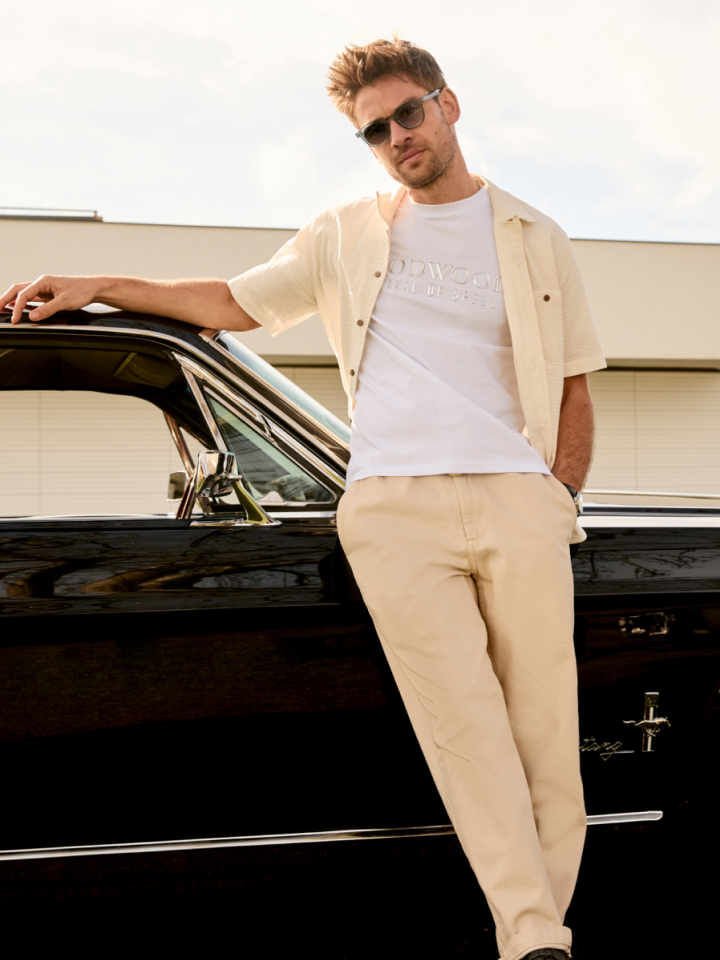Will Ducati’s MotoGP dominance continue in 2023?
It’s holiday time for MotoGP, until testing begins on 10th February at Sepang. But riders will be training hard. The physicality of wrestling a near-300 horsepower MotoGP bike puts fitness and strength at a premium. The more so for 2023, with an extra Saturday sprint race at all 21 races on the second successive longest-ever calendar.

Even less able to laze around are the factory engineers. The season just past revealed an imbalance of power that is frankly alarming for those without it… which is almost everyone except Ducati. Aprilia and occasionally KTM managed to mix it with the Ducatis on the top speed charts, but nothing could match their domineering acceleration.
The V4 Desmosedici became the definitive MotoGP bike in 2022, in the same way that Honda’s melodic and original V5 devastated the opposition in the first years of the new four-stroke class. Then, capacity was set at a quirky 990cc to avoid any overlap with street bikes. It’s gone the other way now, at least for Ducati, whose V4 Panigale showroom monster is completely informed by MotoGP.

Ducati’s superiority has been hard won. Rossi protégé Pecco Bagnaia is the first Ducati rider to win the championship since Casey Stoner way back in 2007. For the next six years, including a disastrous two-year tenure for Rossi, a series of increasingly wayward technical decisions saw Ducati’s results slip away. Mainly these involved a determination to be different. While engineering fashion took rivals down a road where fabricated aluminium chassis were tailored to offer sophisticated controlled flexibility (stiff under braking, compliant at high angles of lean) Ducati instead switched from their already heretical steel-tube trellis frames to minimalist carbon-fibre structures, the engine a stressed member and the chassis doubling as airbox.
Stiff and unforgiving, they punished a series of dismayed riders. But Ducati stayed loyal to chief designer Filippo Preziosi, in all other respects a gifted engineer. Until in 2013 came the s U-turn. The Bologna factory head-hunted (actually blatantly poached) highly successful Aprilia race designer Luigi “Gigi” Dall’Igna.

Goatee-bearded Gigi proved not only systematic, solving both technical and management issues step by step, but also innovative. The latter ever more spectacularly.
His first season, 2014, was spent reorganising and consolidating. Bit by bit the bike got better, and in 2016 Rossi replacement Andrea Dovizioso and new team-mate Andrea Iannone each won a race, the first since Stoner in 2010. Over the next three years Dovizioso racked up more wins, each time second overall as major challenger to the rampant Marc Marquez. But Dovizioso was second only to the fading Rossi in age and experience, and also on the downward slope.
Ducati’s strategy included supporting several teams, the most prominent of which, sponsored by Pramac, was supplied with high-grade machines for talent-grooming. The initiative brought in former Moto2 champion Pecco Bagnaia, and after two years in MotoGP he came into the 2022 as the favourite for title. After a series of unforced errors and crashes in the early season, he came back after the summer break mentally rebooted and won five of the remaining ten races, finishing on the podium on two other occasions. It was a spree of results that saw him become champion at season’s end.

But in that run, his closest rival was another Ducati rider – class sophomore Enea Bastianini, on a year-old bike in a satellite team – one of eight Ducatisti all but swamping the grid. When Bagnaia came second in those late races it was after sustained attack by a compatriot who definitely wasn’t playing the team game.
Over the past five years Ducati has been leading the opposition through a series of technical breakthroughs that others could only copy. First, Dall’Igna pioneered the use of winglets, increasing downforce to improve braking. The rest of the field all copied, but only the desmodromic Ducatis had enough surplus power not to sacrifice top speed to the added drag.
Then came “the spoon”; another aero add-on under the tail of the fairing, nominally to direct cooling air to the tyre, but also providing downforce. The rivals protested, were over-ruled, and copied once again.

Next, shape-shifting suspension: the Ducatis crouched at the rear suspension off the start. The lower centre of gravity cut wheelies for faster starts. Again, the others copied. And again, when Ducati dropped the front suspension as well. So Ducati refined the system to use in motion. Now riders could crouch the rear on corner exits to cut wheelies and improve power usage, but also cutting drag by reducing the wings’ angle of attack. Again, as 2021 progressed, the others copied, but they were always playing catch-up.
For 2022, Ducati extended the mid-lap squat to include the front. The riders didn’t like it, and nor did the rivals – faced with another round of expense to catch up. Nor did the authorities. This refinement was banned. Now racing waits with bated breath for Dall’Igna’s next move in 2023, for surely he hasn’t run out of ideas.
Images courtesy of Motorsport Images.
MotoGP
Ducati
Pecco Bagnaia
Motorcycles































































